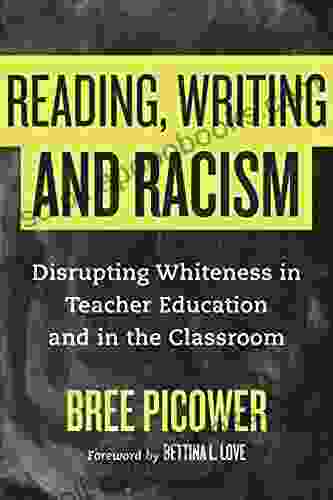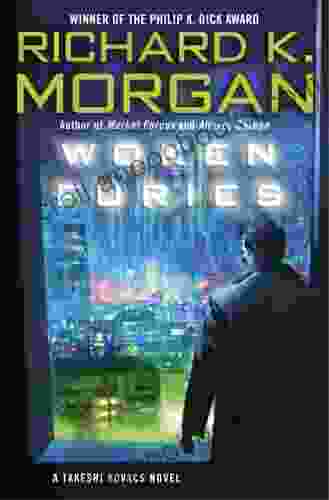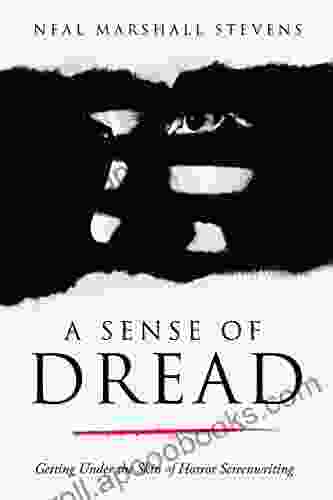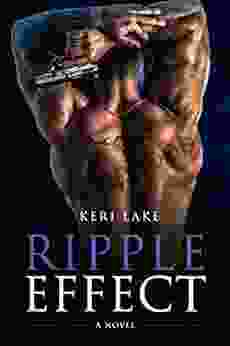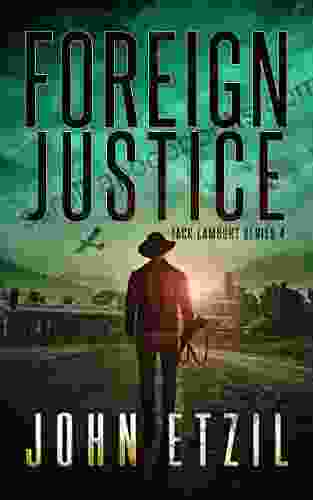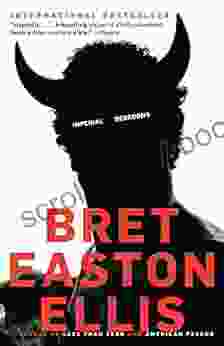Reading, Writing, and Racism: Unveiling Interwoven Threads

Delving into the Historical Roots
The inextricable link between reading, writing, and racism has its genesis in the very foundations of our societies. The written word, a tool once reserved for the elite, was wielded as a weapon of oppression, reinforcing racial hierarchies and perpetuating systemic injustice.
4.7 out of 5
| Language | : | English |
| File size | : | 2285 KB |
| Text-to-Speech | : | Enabled |
| Screen Reader | : | Supported |
| Enhanced typesetting | : | Enabled |
| X-Ray | : | Enabled |
| Word Wise | : | Enabled |
| Print length | : | 196 pages |
In colonial contexts, the literacy of the dominant group became a marker of superiority, while the languages and writings of colonized peoples were suppressed or devalued. This linguistic imperialism served to silence marginalized voices and maintain an imbalance of power.
Manifestations in Contemporary Society
Fast-forward to today, and the interplay of reading, writing, and racism continues to manifest in myriad ways.
1. Curriculum and Representation:School curricula often fail to reflect the diverse experiences and perspectives of students of color. Eurocentric narratives dominate, marginalizing the voices and experiences of historically oppressed groups. This lack of representation not only undermines student engagement but also perpetuates stereotypes and limits their ability to develop a nuanced understanding of history and society.
2. Deficit-Based Pedagogy:Educators may hold unconscious biases that lead them to view students of color through a deficit lens. They may assume lower academic abilities, underestimate their potential, and rely on punitive measures rather than supportive ones. This deficit-based pedagogy further perpetuates a cycle of low expectations and underachievement.
3. Microaggressions in Writing:Microaggressions, subtle forms of bias, can manifest in written communication as well. Language choices that reinforce stereotypes, exoticize cultures, or make assumptions about individuals based on their race can create a hostile and alienating learning environment.
The Transformative Power of Critical Literacy
The recognition of these systemic issues has given rise to the concept of critical literacy. This educational approach empowers students to critically examine texts and contexts, challenging dominant narratives and uncovering the hidden power dynamics that shape their lives.
Through critical literacy, students can:
1. Deconstruct Stereotypes:They learn to recognize and question stereotypes, both explicit and implicit, that perpetuate racial inequalities. By examining the construction of racial categories and the ways in which they are used to justify discrimination, they develop a more nuanced understanding of race.
2. Analyze Power Structures:Critical literacy enables students to analyze the power dynamics that shape the production and consumption of texts. They understand how race is used as a tool of control and oppression, and they gain the agency to challenge unjust systems.
3. Amplify Marginalized Voices:By incorporating diverse texts and perspectives into the curriculum, critical literacy provides a platform for marginalized voices to be heard. It empowers students to recognize the richness and diversity of human experience and to challenge the dominant narratives that have historically silenced certain groups.
Fostering Inclusive Writing Practices
Alongside critical literacy, fostering inclusive writing practices is crucial for combating racism in education. Educators and students can engage in the following strategies:
1. Conscious Language Use:Being mindful of the language we use is essential. Avoiding stereotypes, generalizations, and biased language helps create a respectful and inclusive environment.
2. Valuing Cultural Diversity:Writing practices should value the diverse cultural backgrounds of students. This includes respecting different writing styles, recognizing the importance of mother tongues, and acknowledging the cultural context of texts.
3. Providing Equitable Access:Ensuring all students have equal access to writing resources and support is paramount. This may involve providing accommodations, offering writing workshops, and creating safe and supportive writing spaces.
Empowering Students through Transformative Education
Reading, writing, and racism are inextricably linked. By understanding the historical roots and contemporary manifestations of this interplay, educators can create transformative learning environments that challenge racism and empower students to become agents of social change.
Through critical literacy and inclusive writing practices, students can:
1. Develop a Critical Consciousness:They gain the ability to critically analyze the world around them, recognizing and challenging systems of oppression.
2. Foster Empathy and Understanding:By engaging with diverse perspectives and experiences, students develop empathy and an understanding of the challenges faced by marginalized communities.
3. Become Advocates for Justice:Empowered with knowledge and critical thinking skills, students can become advocates for social justice, working towards a more equitable and inclusive society.
The journey towards dismantling racism in education requires a fundamental re-examination of our reading, writing, and teaching practices. By embracing critical literacy, fostering inclusive writing, and empowering students to become agents of change, we can create a truly transformative education that liberates all learners from the shackles of systemic racism.
4.7 out of 5
| Language | : | English |
| File size | : | 2285 KB |
| Text-to-Speech | : | Enabled |
| Screen Reader | : | Supported |
| Enhanced typesetting | : | Enabled |
| X-Ray | : | Enabled |
| Word Wise | : | Enabled |
| Print length | : | 196 pages |
Do you want to contribute by writing guest posts on this blog?
Please contact us and send us a resume of previous articles that you have written.
 Book
Book Novel
Novel Page
Page Chapter
Chapter Text
Text Story
Story Genre
Genre Reader
Reader Library
Library Paperback
Paperback E-book
E-book Magazine
Magazine Newspaper
Newspaper Paragraph
Paragraph Sentence
Sentence Bookmark
Bookmark Shelf
Shelf Glossary
Glossary Bibliography
Bibliography Foreword
Foreword Preface
Preface Synopsis
Synopsis Annotation
Annotation Footnote
Footnote Manuscript
Manuscript Scroll
Scroll Codex
Codex Tome
Tome Bestseller
Bestseller Classics
Classics Library card
Library card Narrative
Narrative Biography
Biography Autobiography
Autobiography Memoir
Memoir Reference
Reference Encyclopedia
Encyclopedia Brian Beker
Brian Beker Bianca Sommerland
Bianca Sommerland Nicholas Jewett
Nicholas Jewett Caitlin Major
Caitlin Major Brandon Santiago
Brandon Santiago Brian Aftanas
Brian Aftanas J D Monk
J D Monk Bill Bernard
Bill Bernard Brian Fried
Brian Fried Bob Irving
Bob Irving Stephen F Cohen
Stephen F Cohen Leo Tolstoy
Leo Tolstoy Brandon Salo
Brandon Salo Brian Brogen
Brian Brogen What She Said Stitches
What She Said Stitches Bob Halloran
Bob Halloran Blair Imani
Blair Imani Bradley Schroeder
Bradley Schroeder Blkcm Bnkcm
Blkcm Bnkcm Brad Bumsted
Brad Bumsted
Light bulbAdvertise smarter! Our strategic ad space ensures maximum exposure. Reserve your spot today!
 Howard PowellFollow ·10.6k
Howard PowellFollow ·10.6k Herman MitchellFollow ·7k
Herman MitchellFollow ·7k Isaac BellFollow ·13.8k
Isaac BellFollow ·13.8k Arthur Conan DoyleFollow ·7.5k
Arthur Conan DoyleFollow ·7.5k Dale MitchellFollow ·17.9k
Dale MitchellFollow ·17.9k Maurice ParkerFollow ·7.7k
Maurice ParkerFollow ·7.7k Edmund HayesFollow ·7.1k
Edmund HayesFollow ·7.1k Yukio MishimaFollow ·14.3k
Yukio MishimaFollow ·14.3k
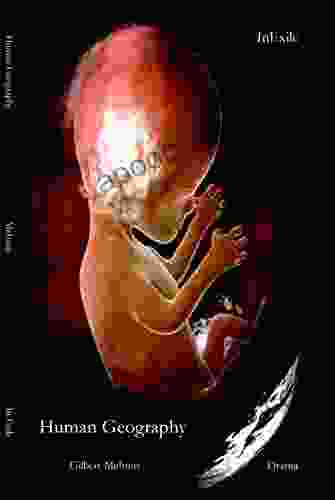
 Corey Green
Corey GreenHuman Geography: A Concise Introduction by Gilbert...
A Journey into the Dynamic Realm of...
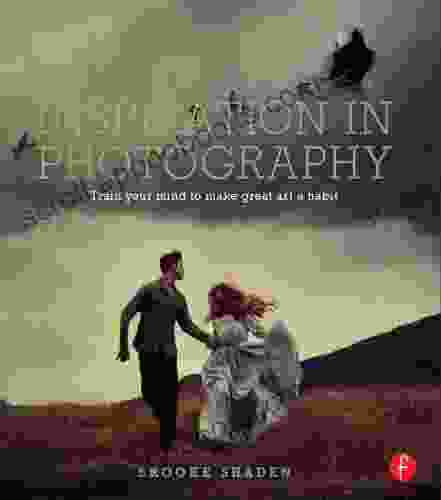
 Julian Powell
Julian PowellTrain Your Mind to Make Great Art a Habit
Do you dream of...

 Matthew Ward
Matthew WardSmall Town Romance: Heart Compass
Escape to Willow Creek, Where...
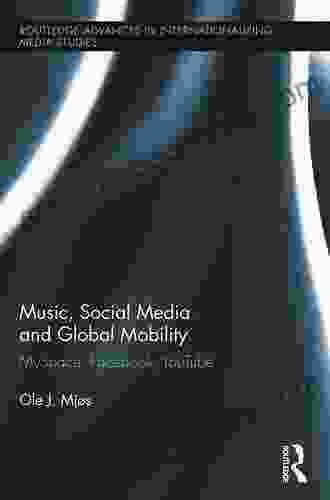
 Neil Parker
Neil ParkerMusic, Social Media, and Global Mobility: Exploring...
: The Convergence of Music, Media, and...
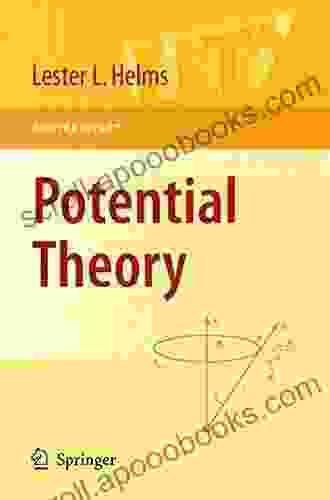
 Seth Hayes
Seth HayesUnlock the Potential of Potential Theory with Brooke...
Embark on an...
4.7 out of 5
| Language | : | English |
| File size | : | 2285 KB |
| Text-to-Speech | : | Enabled |
| Screen Reader | : | Supported |
| Enhanced typesetting | : | Enabled |
| X-Ray | : | Enabled |
| Word Wise | : | Enabled |
| Print length | : | 196 pages |


